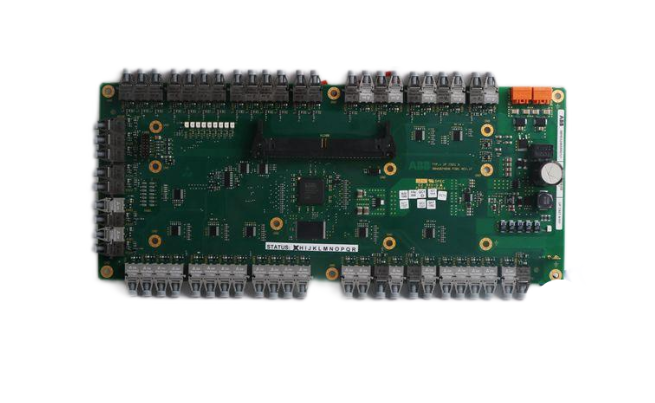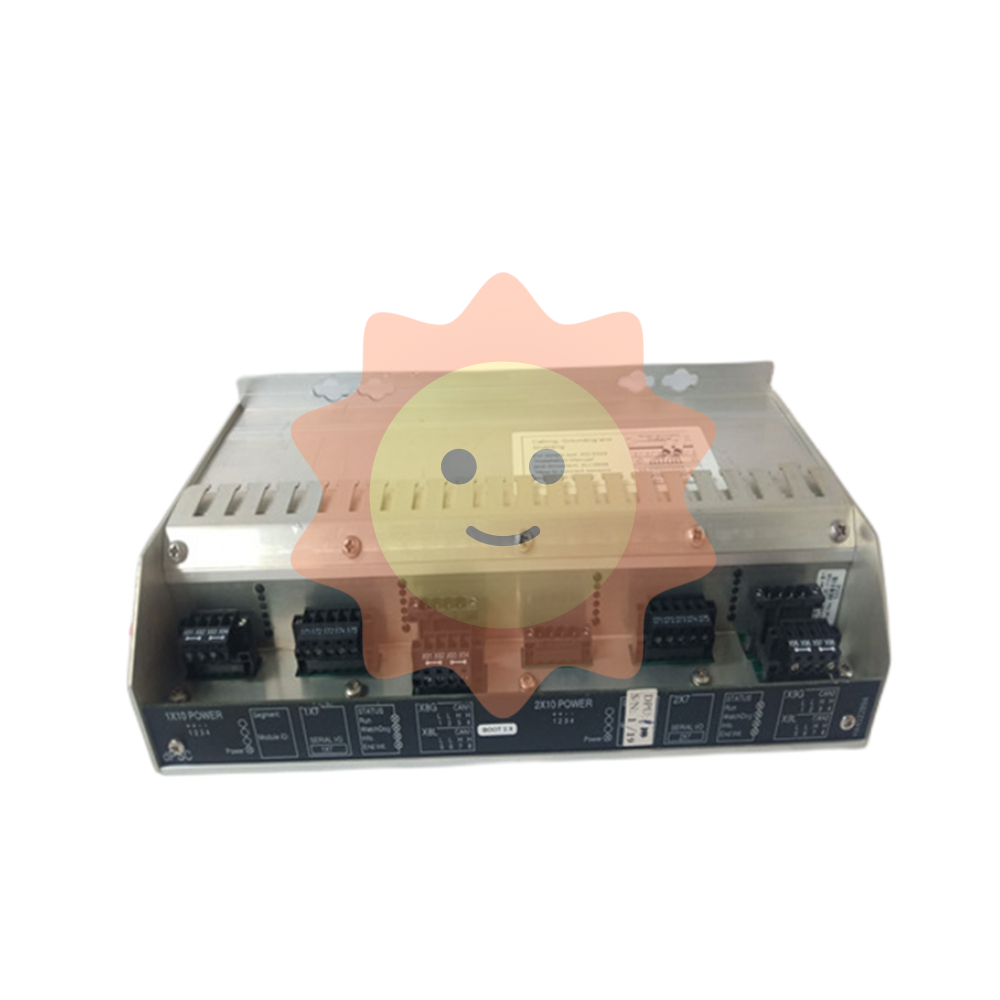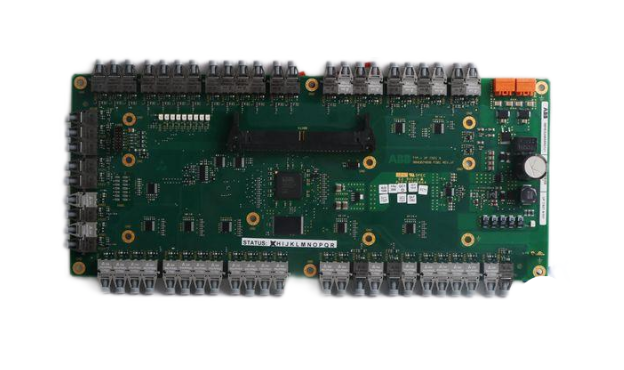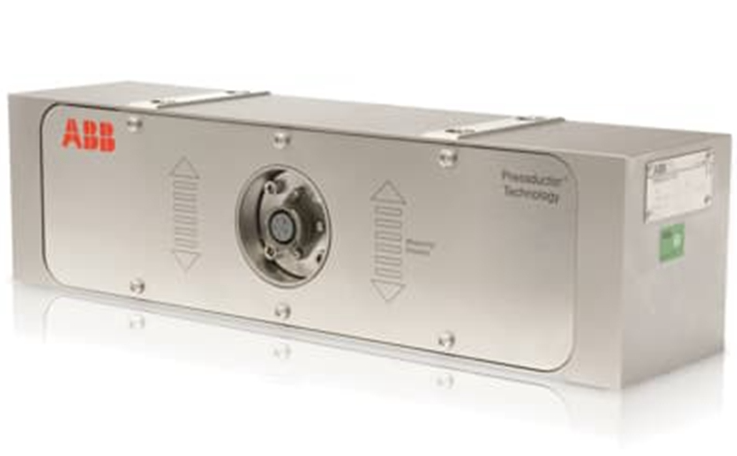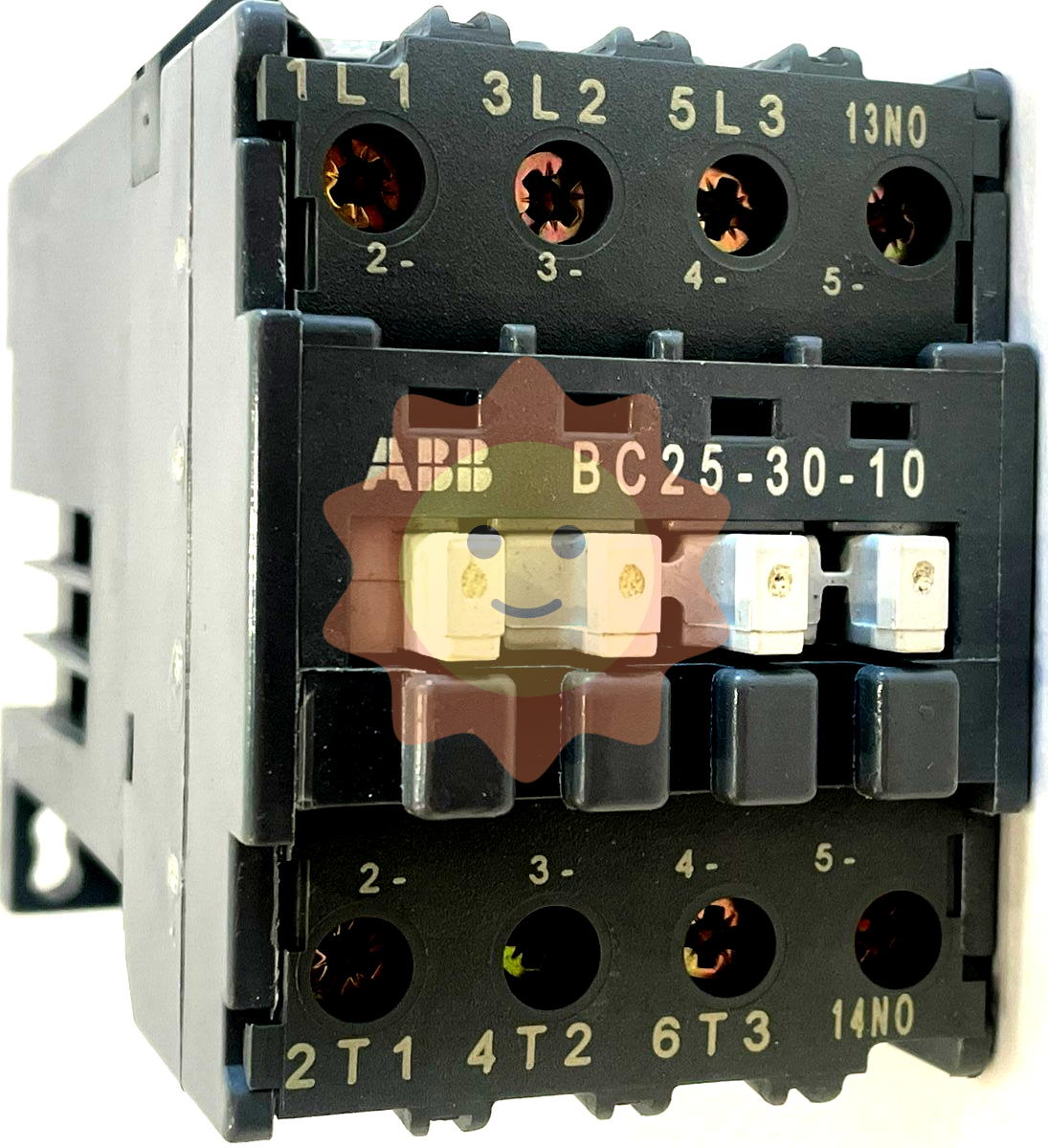Application of green chemical technology in chemical engineering and technology
1 Overview of green chemical technology
Green chemical technology is a new production technology that integrates chemical engineering and technology with the concept of energy conservation and environmental protection, aiming at the maximum control of environmental pollution generated in the production process of the chemical industry, and realizing the upgrading and transformation of the industrial structure of the chemical industry [3]. It can effectively reduce the discharge of harmful pollutants in the chemical production process and reduce the pollution degree of pollutants [4]. In the process of chemical production, a large number of chemical products, raw materials for chemical production, chemical solvents, chemical wastes, catalysts, etc. are involved. If these items are not properly handled, they will cause damage to China's ecological environment and have a serious impact on the life and health of Chinese residents [5]. Green chemical technology is a technology to control such hazardous substances, promote the recycling of waste materials, improve the recycling rate of chemical materials, reduce the pollution of the ecological environment, and promote the development and reform of chemical production processes by changing the nature of hazardous chemicals.

2. Research on pollution causes of traditional chemical engineering and process
2.1 Limitation of material cost
In the process of chemical production, in order to improve economic benefits, chemical enterprises will use non-environmentally friendly cheap materials for production according to the needs of production. These chemical enterprises only realize that such materials can improve the output of chemical production and enhance the immediate economic benefits, but they do not realize that the application of such materials will lead to serious environmental pollution and produce a large amount of waste [6]. In the disposal of waste, enterprises also need to spend more financial resources and energy, which not only harms the environment, but also reduces the economic benefits of enterprises.
2.2 Limitation of production technology
In the process of chemical production, it is difficult to use chemical raw materials effectively, which is also the problem faced by the chemical industry in the development process. In response to this problem, chemical enterprises can only achieve the effective use and reasonable allocation of chemical raw materials by improving their own technical level and promoting the standards and standardization of chemical production.

3 Principles of green chemical technology
3.1 Rational use of chemical raw materials
Raw materials, as an important resource of chemical production, are of great significance to chemical production. In green chemical technology, more attention should be paid to the selection of chemical raw materials. Firstly, chemical raw materials with low pollution degree and high controllability should be preferentially selected, so as to reduce the pollution caused by chemical production by controlling the source of chemical raw materials [7]. Green and natural chemical raw materials have better environmental protection effects and can reduce the output of pollutants. At the same time, it is necessary to control the quantity of chemical raw materials, and use raw materials in strict accordance with the specifications and standards of the chemical production process to avoid waste and pollution caused by excessive input of raw materials.
3.2 Rational application of green catalysts
Catalyst is one of the most commonly used materials in chemical production, which can speed up the reaction rate between substances and improve the reaction effect of chemical substances. Catalysts are of great significance for chemical production, which can promote chemical production schedule and efficiency [8]. In the traditional chemical technology, most catalysts will produce pollution in the process of use because of their properties. In the process of catalyst application, the waste generated will cause very serious pollution to the environment. Harmless green catalysts should be used in green chemical technology. Green catalysts can avoid material waste and reduce environmental pollution, and improve the efficiency of chemical production. Green catalysts, although compared with traditional catalysts, the use of costs may increase, but the relative use of green catalysts can save chemical enterprises to deal with waste, pollution costs, but also improve the utilization efficiency of chemical raw materials, reduce the waste of resources, so the application of green catalysts will become one of the important trends in the development of the chemical industry in the future.
3.3 Rational use of green chemical reactions
In the process of chemical production, it is necessary to realize that the same product can be produced through different chemical reactions. According to the potential of the raw material itself, the amount of pollution caused by the chemical reaction to the environment, choose the green chemical reaction for chemical production. The representative of green chemical reaction is addition reaction and rearrangement reaction, which can realize the effective transformation of results without waste and side reactions, and has strong economy, and is one of the green chemical processes with high efficiency [9]. The study of green chemical reaction can promote enterprises to improve the level of green chemical technology, and also reduce the unnecessary costs caused by waste treatment, which is of great significance for chemical enterprises to achieve healthy and sustainable development.
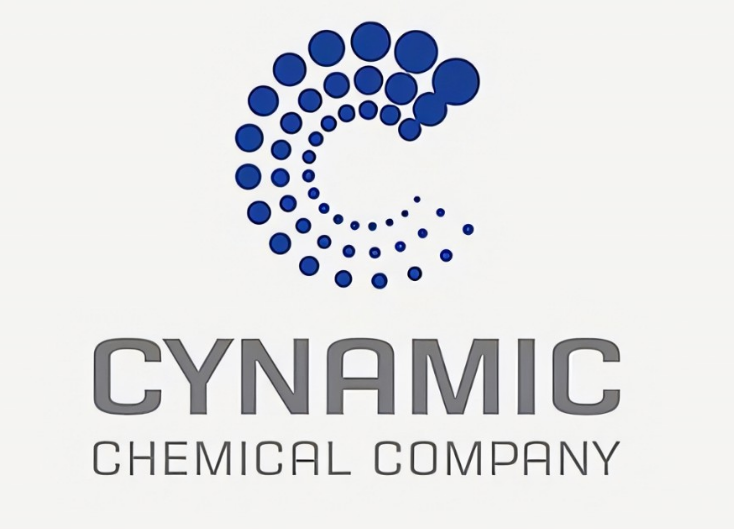
4 Application of green chemical technology in chemical engineering and technology
4.1 Cleaner production technology
Cleaner production technology is widely used in seawater desalination, waste treatment, metallurgy and other aspects. Cleaner production technology has the advantage of no toxic side effects, so it has less pollution and damage to the environment. Seawater desalination can use clean production technology to extract salt and other substances in seawater, which can not only convert seawater into fresh water for living purposes, but also extract substances in seawater for other applications. Membrane chemistry technology can promote the transformation of renewable resources and realize the effective output of chemical products [10]. Membrane technology is one of the important components of cleaner production technology, which is a technology to separate, purify and concentrate different components of the feed liquid by using materials with selective separation function. It is similar to filtration technology, but can achieve molecular separation. The application of membrane technology, which does not involve phase changes, does not need to add additives, is an efficient clean production technology. It is used in various types of chemical production, not only in seawater desalination has been applied, in non-ferrous metallurgy, energy and power, water supply engineering, sewage recycling, food and medicine also has a wide range of applications, is one of the important driving forces for the development of green chemical technology. Green chemical technology plays an important role in seawater desalination. The reserve of seawater is relatively large, but it cannot be used without special treatment, so it needs to be desalinated. Green chemical technology will be applied in seawater desalination treatment. The scale inhibitor mainly composed of hydroxyethylenediphosphonic acid polyacrylic acid and hydrolyzed polymaleic anhydride is the main raw material for seawater desalination treatment [11]. With the development of green chemical technology, clean production technology also has a higher standard. In order to improve the activity of scale inhibitor, hyperbranched polyester materials can be added to enhance the activity of scale inhibitor and improve the efficiency of seawater desalination treatment [12].
4.2 Biotechnology
Biotechnology is also widely used in chemical engineering and processes. Biotechnology mainly uses microorganisms, enzymes and other substances to promote the improvement of chemical production efficiency and reduce environmental pollution caused by chemical production. Biotechnology can realize the recycling of resources and promote the improvement of chemical production efficiency. Biological enzyme technology is widely used in chemical production, because biological enzymes have good catalytic effect, high efficiency and transferability, and are an important basis for promoting biological chemical production [13]. Green chemical technology pays more attention to the selection of raw materials and catalysts, so it will choose to use enzymes in nature to achieve resource regeneration and recycling, and reduce the damage to the environment. In chemical production, the application of biological enzyme technology is also an important way of green chemical technology, is an important embodiment of the development of green chemical technology. For example, in the process of producing petrochemical products, in order to extract petroleum raw materials, some chemical materials or catalysts will be used, which will cause more serious pollution to the environment, and the use of biological enzymes, that is, enzymes existing in nature for treatment, can reduce the pollution of the natural environment and improve the efficiency of chemical production.
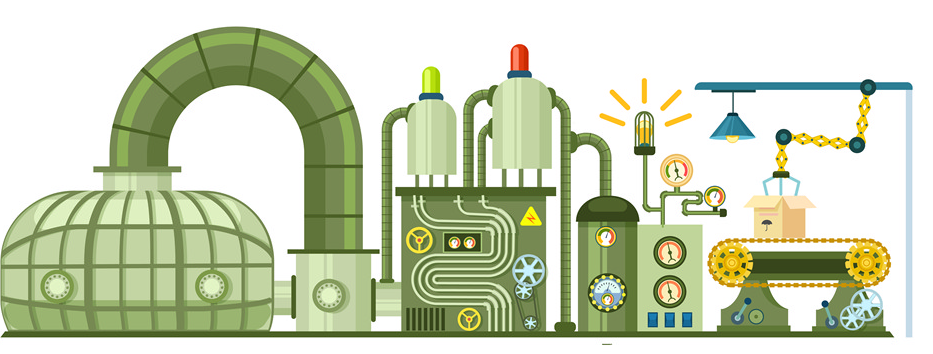
4.3 Production of environmentally friendly chemical products
The sustainable development strategy mentioned that in the new era, we should not only pay attention to the current economy, but also pay attention to the future development of ecological environment. The ecological environment, as the basis of human daily life, will pose a threat to human existence once it is destroyed. The improvement of economic level makes people pay more and more attention to the control of environmental pollution. All future production activities of mankind should be carried out on the basis of environmental protection. Therefore, more and more attention is paid to the research and development of environmentally friendly products in the process of chemical production. There are many types of environmentally friendly products, which are not only common green environmental protection and energy-saving equipment, but also new non-polluting building materials and low-toxicity coatings, which are all products of the development of environmentally friendly products [14]. The application of green chemical technology has promoted the development of environmentally friendly products, can control the total consumption of energy, reduce the waste of resources, and effectively control environmental pollution. Environmentally friendly chemical products are not only reflected in products, but also in fuels, raw materials and other aspects.
Taking the production of gasoline as an example, the shortage of oil and gas resources has led to the rising price of gasoline, and fuel vehicles have also caused great damage to the ecological environment. Therefore, automobile companies and chemical companies have begun to seek more high-quality gasoline alternatives, such as ethanol, electric energy and other new green fuels, which are the embodiment of environmentally friendly products. Degradable plastics are also a new type of environmentally friendly products that have emerged in recent years. With the gradual implementation of China's plastic ban, the research and development speed of degradable plastics has also been accelerated. Degradable plastics, according to their characteristics, can be divided into photodegradable plastics, biodestructive plastics, and biodegradable plastics. Biodegradable plastics can replace polyethylene and polypropylene to reduce white pollution. Coatings are also one of the important chemical products, common coatings are solvent-based coatings, water-based coatings and so on. Although solvent-based coatings have the advantages of high viscosity and fluidity, convenient storage, etc., the solvent-based coatings contain a large number of volatile organic compounds, fungicides, organic pigments, which will cause serious damage to the ecological environment and human health. High solid content solvent-based coating (HSSC) is a new type of coating developed on the basis of ordinary solvent-based coating, which reduces the amount of organic solvent, optimizes the coating process and production method, and improves the solid composition, and has been widely used in recent years. Water-based coatings are relatively low in cost and risk, but water-based coatings have high enthalpy of water vaporization, are susceptible to relative humidity, poor water resistance, and many aspects can be optimized. Solvent-free coatings and powder coatings are also the products of the development of green coatings, which are widely used in ordinary brush and spray processes. Among them, powder coatings have more advantages and will become one of the important trends in the development of green coatings in the future.
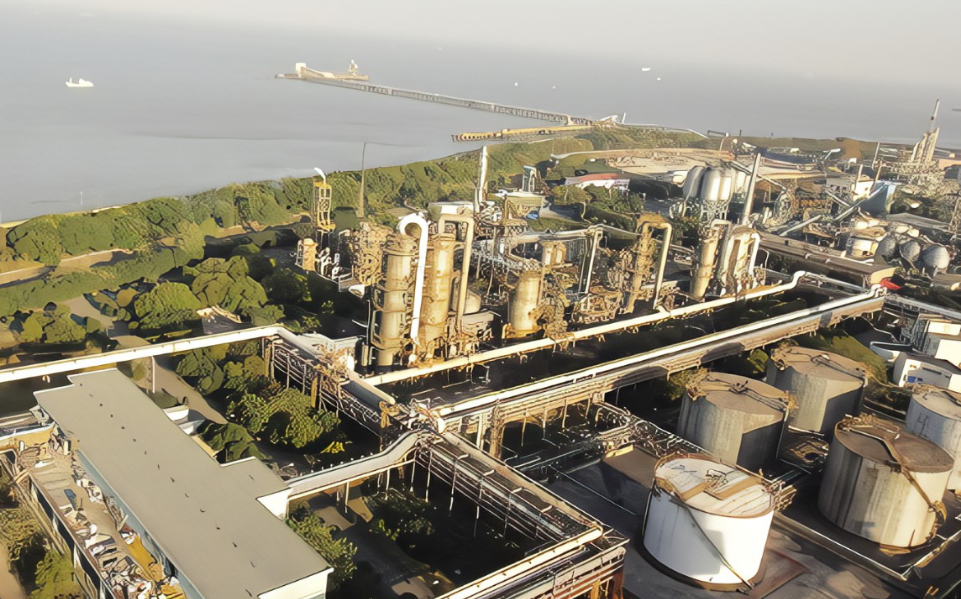
4.4 Optimize green chemical production process and environment
Green chemical technology is also of great significance to promote the optimization of chemical production process. In the new era, chemical enterprises should realize that the weight of economic benefit and output has declined in the process of producing chemical products. High-quality chemical enterprises should not only bring good economic benefits and objective output, but also promote the progress of green chemical technology and lead the development of environmental protection technology in the chemical industry. Therefore, green chemical technology occupies an important position in chemical production in the new era. Taking heat consumption as an example, most chemical industries have a relatively high demand for heat. In order to save costs and reduce processes, most chemical enterprises use single heating equipment and methods, which meet the production needs of chemical enterprises, but also cause the waste of resources and the loss of heat. Chemical enterprises should output heat according to their own needs, enrich the types and types of heating equipment, and avoid the waste of heat in the production and transmission process. In addition, the use of variable frequency motors and other equipment to reduce energy consumption in the chemical production process and reduce the loss of power resources can also effectively reduce environmental pollution [15]. With the international energy crisis becoming more and more serious in recent years, the phenomenon of rising raw materials due to resource shortage has become more and more common. The application of green chemical technology is imminent, and the majority of chemical enterprises must pay attention to the application of green chemical technology in the new era, improve the utilization efficiency of materials, and realize the recycling of resources. Green chemical technology can not only improve the economic benefits of enterprises, but also bring good social benefits for enterprises, and promote the healthy and sustainable development of enterprises, which needs to attract our attention.
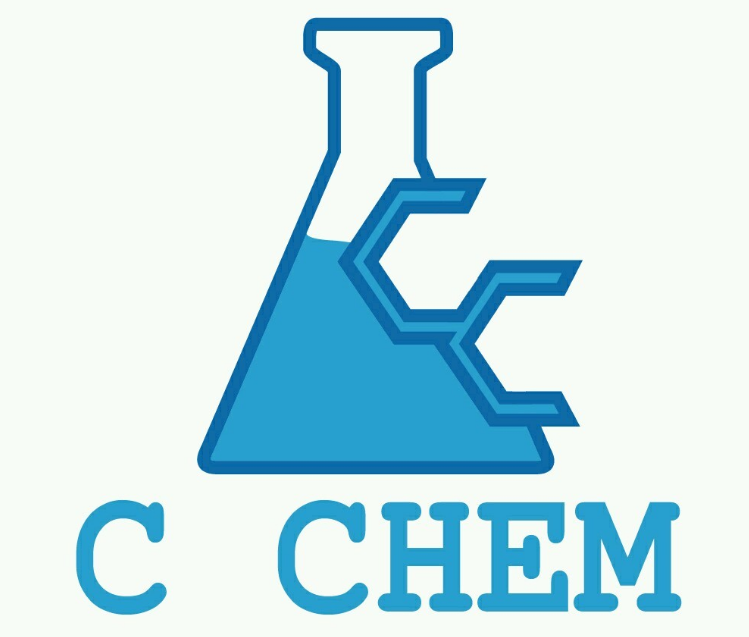
4.5 Promoting the recycling of chemical waste
The treatment of organic chemical waste has always been a difficult problem for chemical enterprises to carry out chemical production. If the organic chemical waste is not properly treated, it will cause serious damage to the environment. Green chemical technology should pay attention to the recovery and utilization of organic chemical waste to avoid the problem of waste deposition in the past chemical production process. In fact, the deposition of waste has caused a serious threat to the environmental safety of chemical production sites, so we should pay attention to the application of green chemical technology in organic chemical fertilizers, and promote the improvement of the ecological value of the chemical industry.
- EMERSON
- Honeywell
- CTI
- Rolls-Royce
- General Electric
- Woodward
- Yaskawa
- xYCOM
- Motorola
- Siemens
- Rockwell
- ABB
- B&R
- HIMA
- Construction site
- electricity
- Automobile market
- PLC
- DCS
- Motor drivers
- VSD
- Implications
- cement
- CO2
- CEM
- methane
- Artificial intelligence
- Titanic
- Solar energy
- Hydrogen fuel cell
- Hydrogen and fuel cells
- Hydrogen and oxygen fuel cells
- tyre
- Chemical fiber
- dynamo
- corpuscle
- Pulp and paper
- printing
- fossil
- FANUC
- Food and beverage
- Life science
- Sewage treatment
- Personal care
- electricity
- boats
- infrastructure
- Automobile industry
- metallurgy
- Nuclear power generation
- Geothermal power generation
- Water and wastewater
- Infrastructure construction
- Mine hazard
- steel
- papermaking
- Natural gas industry
- Infrastructure construction
- Power and energy
- Rubber and plastic
- Renewable energy
- pharmacy
- mining
- Plastic industry
- Schneider
- Kongsberg
- NI
- Wind energy
- International petroleum
- International new energy network
- gas
- WATLOW
- ProSoft
- SEW
- wind
- ADVANCED
- Reliance
- YOKOGAWA
- TRICONEX
- FOXBORO
- METSO
- MAN
- Advantest
- ADVANCED
- ALSTOM
- Control Wave
- AB
- AMAT
- STUDER
- KONGSBERG
- MOTOROLA
- DANAHER MOTION
- Bently
- Galil
- EATON
- MOLEX
- Triconex
- DEIF
- B&W
- ZYGO
- Aerotech
- DANFOSS
- KOLLMORGEN
- Beijer
- Endress+Hauser
- MOOG
- KB
- Moxa
- Rexroth


Email:wang@kongjiangauto.com


